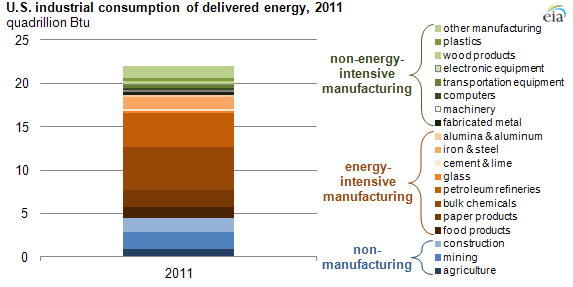In its waning days, the Bloomberg administration is issuing a final batch of grades, this time to rate the energy use of the city’s largest residential buildings. This week, officials released energy consumption data for large multifamily buildings, allowing residents to find out how their co-ops, condos and rental buildings compare with similar structures.
It was the first time any city in the country publicized such data, environmental groups said, and will be one of the most prominent legacies of Mayor Michael R. Bloomberg’s environmental agenda. The city has been tracking energy use among its largest buildings under a 2009 law intended to help reduce the city’s greenhouse gas emissions, an issue that acquired added urgency after Hurricane Sandy.
The heating and cooling of buildings produces three-fourths of the city’s emissions contributing to global warming and sea level rise, city officials said; the 2009 law applies to the biggest energy consumers, buildings of more than 50,000 square feet and multiple-building properties with a total of more than 100,000 square feet.
Annual results for the city’s large office and government buildings have been released since 2011, using the scores under the federal Environmental Protection Agency’s Energy Star program. Residential buildings are not yet rated under that program, so city officials are using letter grades, just as they do with restaurants, to encourage improvements and to guide consumer decisions.
“The benefit is a more informed marketplace,” said Cliff Majersik, executive director of the Institute for Market Transformation, a nonprofit group in Washington that promotes building energy efficiency and advises the city on its rating efforts.
Mr. Majersik warned, though, that to identify the real underachievers, comparisons should be apples to apples. Walk-ups should be compared with walk-ups and luxury towers should be compared with luxury towers. The most efficient buildings use three to six times less energy than the power hogs, according to a report released by the mayor’s Office of Long-Term Planning and Sustainability to accompany the energy use data. This means enormous potential for energy savings, officials said, especially with multifamily buildings, which account for 76 percent of the more than 26,600 buildings covered by the law.
The energy use data, collected in 2011 with 75 percent of the buildings reporting, reveals some interesting patterns. It turns out that buildings built in the 1970s have the highest consumption levels compared with other vintages, especially compared with the structures built in the 1930s.
And in all five boroughs, the highest energy usage per square foot among ZIP codes tends to be in households with higher median incomes.
 According to the EIA The U.S. industrial sector was responsible for more than 30% of total U.S. energy consumption in 2011. While the term ‘industrial sector’ may sound remote to the general public, its impact on daily life is highlighted by the wide range of industrial activities represented by the products and equipment found at a local supermarket.
According to the EIA The U.S. industrial sector was responsible for more than 30% of total U.S. energy consumption in 2011. While the term ‘industrial sector’ may sound remote to the general public, its impact on daily life is highlighted by the wide range of industrial activities represented by the products and equipment found at a local supermarket.

